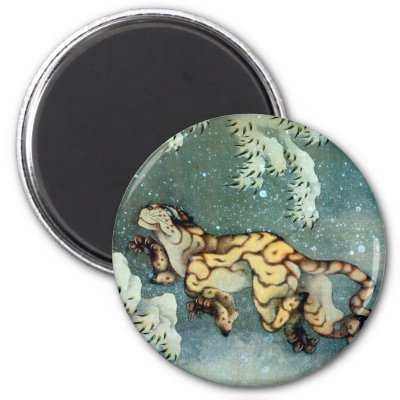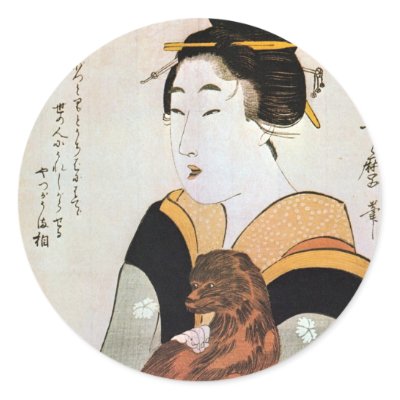
Katsushika Hokusai (October or November 1760 – May 10, 1849)was a Japanese artist, ukiyo-e painter and printmaker of the Edo period. In his time, he was Japan's leading expert on Chinese painting. Born in Edo (now Tokyo), Hokusai is best-known as author of the woodblock print series Thirty-six Views of Mount Fuji ( Fugaku Sanjūroku-kei c. 1831) which includes the internationally recognized print, The Great Wave off Kanagawa, created during the 1820s.
His influences also stretched to his contemporaries in nineteenth century Europe whose new style Art Nouveau, or Jugendstil in Germany, was influenced by him and by Japanese art in general. This was also part of the larger Impressionist movement, with similar themes to Hokusai appearing in Claude Monet andPierre-Auguste Renoir. Hermann Obrist's whiplash motif, or Peitschenhieb, which became seen to exemplify the new movement, is visibly influenced by Hokusai's work.
Continue reading


